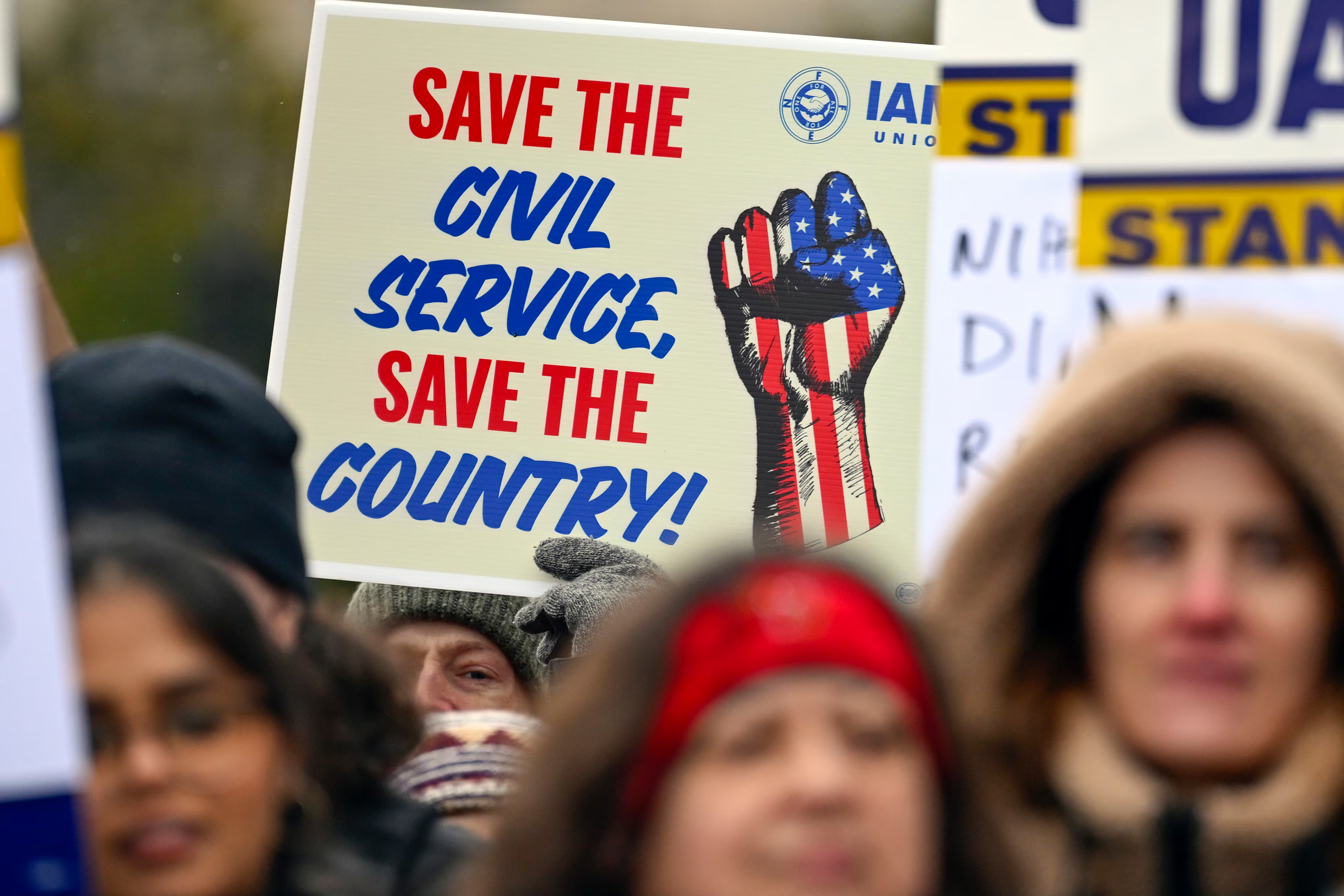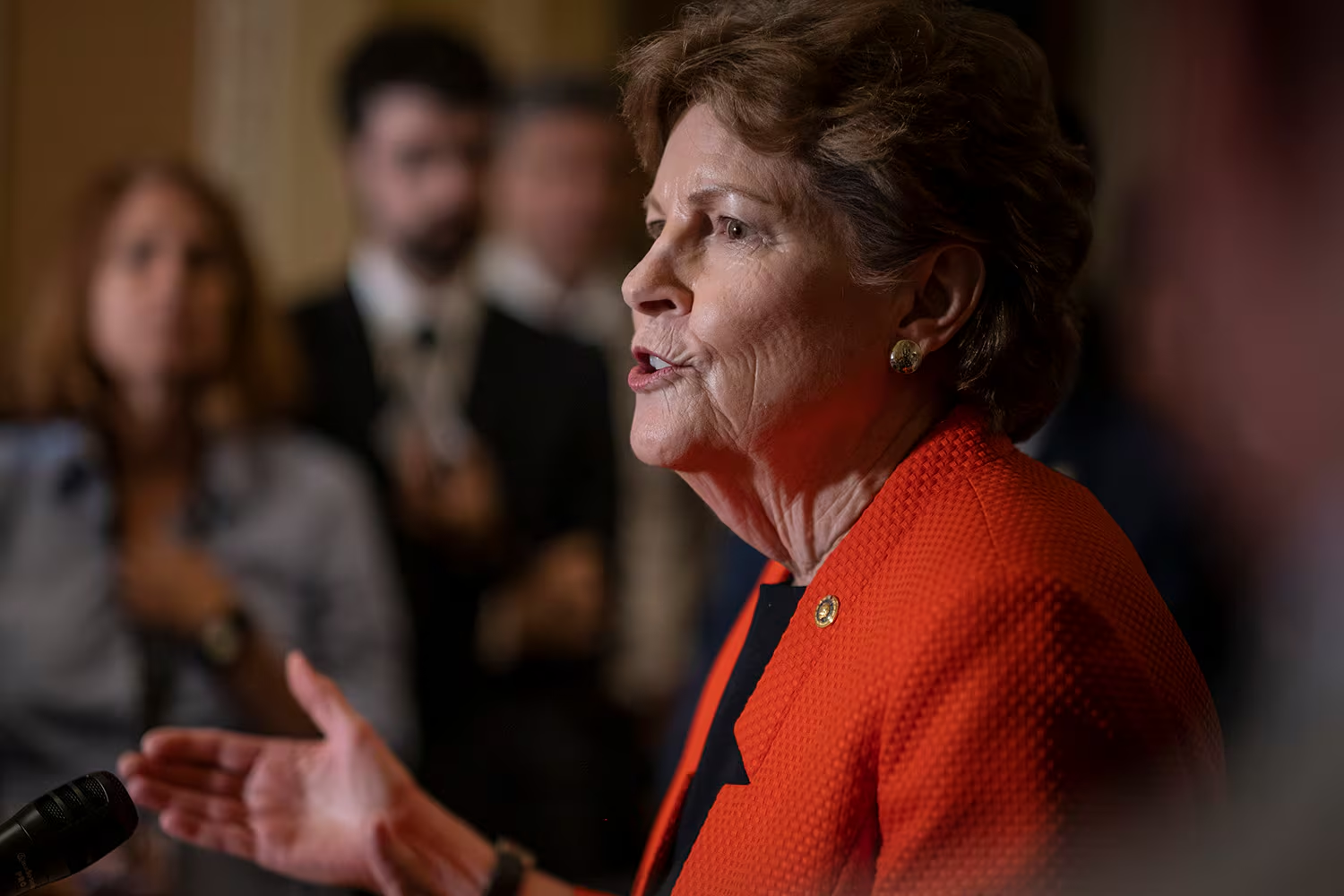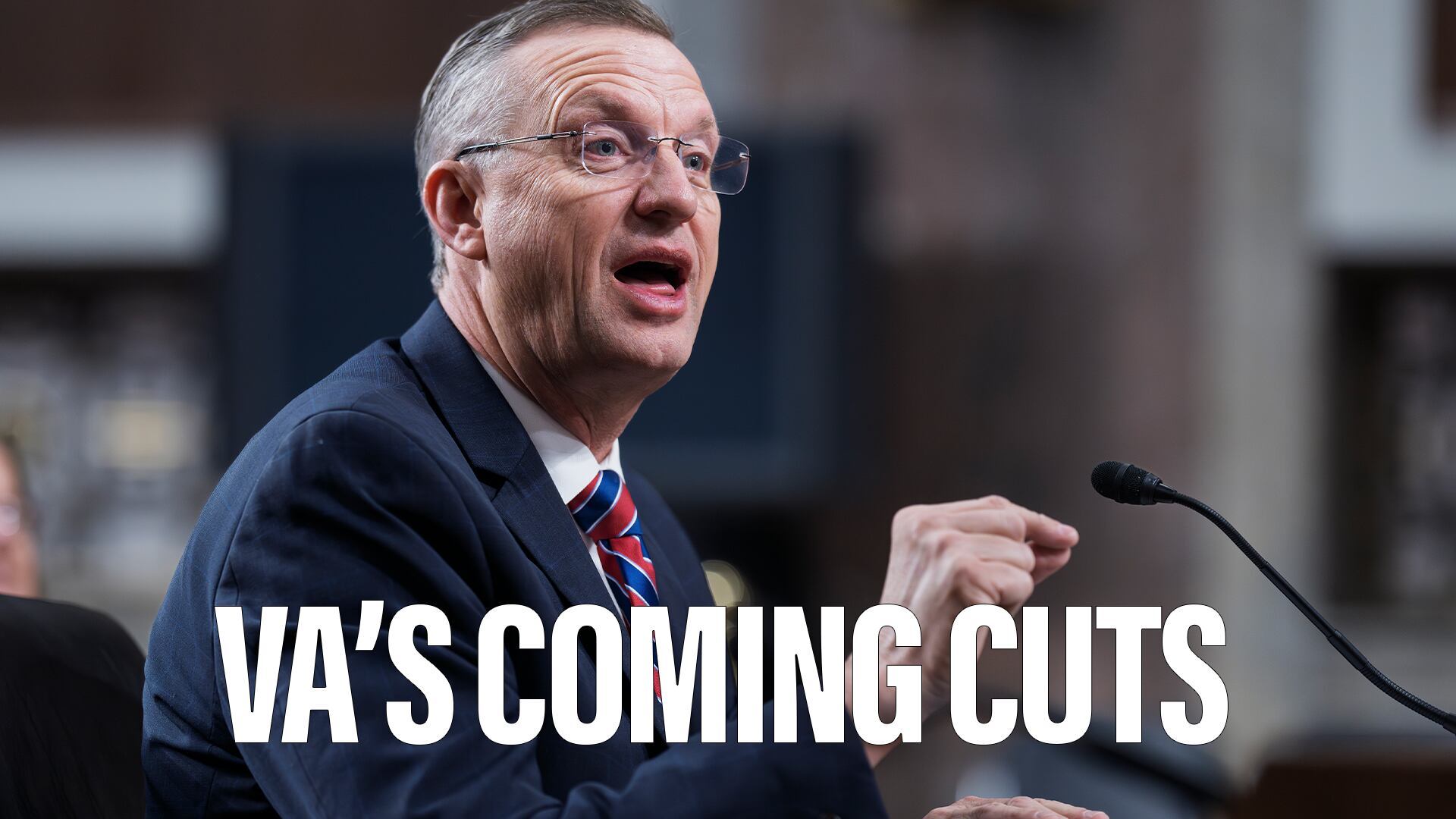In 2012, New Delhi tapped Dassault's Rafale as its next fighter, with plans to acquire 126 of the twin-engine jets for $12 billion. At the time, Indian officials said the French jet would help them reduce their reliance on Russian equipment (India also flies French Mirage 2000 jets as part of a longstanding policy to avoid exclusive dependence on Moscow for military hardware).
By choosing Rafale, India also gains access to cutting-edge technology to advance its aerospace and defense industries.
But talks have stalled over price and who would bear responsibility for Rafales license-produced in India by Hindustan Aeronautics Ltd.
Russia is irked that its once-close ally has invested tens of billions of dollars on American transports, helicopters and maritime patrol planes and now is about to buy French jets.
At the recent IDEX trade show in Abu Dhabi, Rostec CEO Sergey Chemezov announced that Russia and India had inked a deal to co-develop a new version of Sukhoi's Su-35. Indian officials, however, say Russia has pitched the jet, but have not yet agreed to move forward on the project.
The Su-35 is a formidable aircraft and an improvement over India's Su-30s, but the Rafale is superior as a system, with greater mission capability and reliability. And its technology is more likely to serve as a foundation for a more competitive Indian defense and aerospace industry.
The entire rationale behind the Rafale deal wasn't to get the least expensive fighter to meet India's needs, but the aircraft that would best satisfy the nation's long-range military needs as well as its industrial interests.








